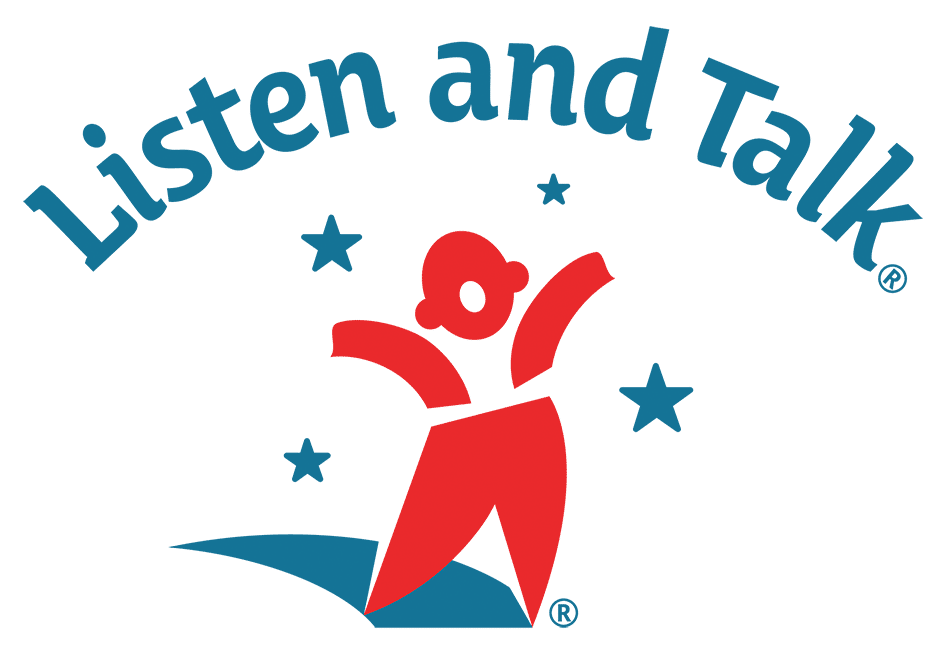
Strategies For Improving Your Child’s Listening Skills
Children with hearing loss need rich input of language throughout the day, with repeated practice in order to make sounds meaningful. And of course they need to wear their hearing technology for the input to be beneficial! Full time wear during all waking hours is goal number one. A good rule of thumb is that if your child is awake, their hearing technology should be on their ears. It is important to strengthen listening skills to build a foundation for spoken language skills. This is the focus of listening and spoken language therapy.
IDEAS TO WORK ON YOUR CHILD’S LISTENING SKILLS:
Point Out Sounds Around You
- Watch for your child’s reaction in response to sound:
- Young children may pause when they hear a sound or widen their eyes. Pay attention to your child’s “listening behaviors.”
- Prompt your child to wait and listen by pointing to your ear and saying, “Listen.”
- Encourage your child to search and look for the sound. When you see their reaction point to your ear and tell them, “You heard it!”
- Talk about the sound and describe what they heard.
Introduce Learning To Listen Sounds
With new listeners, at first we practice many sound-object associations or Learning to Listen Sounds. These include sounds, such as “ah” for airplane, “sh” for sleeping or “beep” for car.Click here for information regarding Learning to Listen Sounds from the Hearing First website.
Emphasize Key Words In Your Routine
The next skill for early listeners to work on is identifying keywords that they hear in their daily routines.
- Talk about what will happen next in your routine and watch for your child’s response (do they go to the kitchen when hearing, “It’s time to eat?”) Once your child identifies a word, try changing it up and say the information in a different way to build vocabulary skills (“I’m hungry, let’s get dinner ready”). Try changing the routine or throw in silly directions from time to time to make sure your child is listening.
- When you are presenting auditory information, think of whether your child really needs to listen to what you say to follow the direction. If, for example, your child is always expected to find the same two items before leaving for school, your child may know what to find within context and not need to listen to your words to complete the direction. After you child learns the name of the item they need to find, try describing the item without using the name to continue to build vocabulary skills. For example, you could ask your child to, “Find something that you wear on your feet” before it’s time to go to school.
Increase Your Expectations
As the length of time increases with hearing technology, so should your expectations.
Work to increase the number of critical elements your child can identify. Critical elements are pieces of the message that children must listen to and identify to follow the direction.There has to be more than one choice for each part of the direction to make it a critical element. For example, while your child is playing with their stuffed animals you could see if your child could make their teddy bear go night night (vs. make their doll take a drink). Because there is more than one stuffed animal to pick from, your child must identify both the object and the action to complete the direction.
Tips:
- If your child is having difficulty you could try adding a familiar sound, such as “SH” to identify “night night.”
- Or conversely, if you know your child knows the word “night night” you could try expanding their vocabulary by using a less familiar word first, such as, “The teddy bear is tired and wants to go to sleep.”
Another idea to practice 2 critical elements would be to have your child find 2 toys at a time while cleaning up or finding 2 objects to set the table. Once your child can identify 2 critical elements you can expand to 3. You can incorporate adjectives or location words into the direction. Keep increasing the complexity of the direction as your child continues to build their listening skills. Also, keep expanding your child’s auditory memory, when they miss part of the direction, repeat the whole direction back emphasizing the part of the direction that was missed.
Your child’s Listening and Spoken Language team members can help to identify goals and strategies to specifically meet your child’s needs.
Several Resources:
Pediatric Audiologist, Dr. Karen Anderson has great resources regarding Auditory Skill Development on her website
The Oticon website has some good information about how to help young children wear hearing technology.
How much should your child be wearing their hearing technology? Get the answer! – Hearing First



